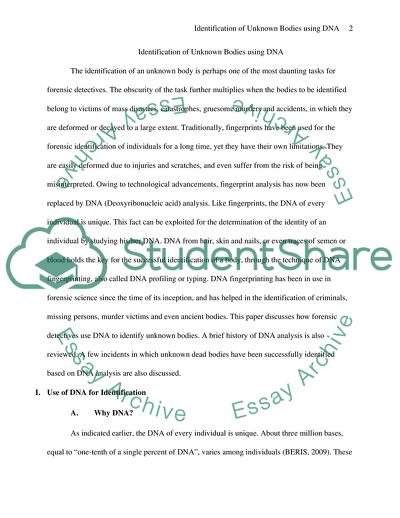Cite this document
(Identification of Unknown Bodies using DNA Research Paper, n.d.)
Identification of Unknown Bodies using DNA Research Paper. https://studentshare.org/health-sciences-medicine/1756701-how-do-forensic-detectives-use-dna-to-identify-unknown-bodies
Identification of Unknown Bodies using DNA Research Paper. https://studentshare.org/health-sciences-medicine/1756701-how-do-forensic-detectives-use-dna-to-identify-unknown-bodies
(Identification of Unknown Bodies Using DNA Research Paper)
Identification of Unknown Bodies Using DNA Research Paper. https://studentshare.org/health-sciences-medicine/1756701-how-do-forensic-detectives-use-dna-to-identify-unknown-bodies.
Identification of Unknown Bodies Using DNA Research Paper. https://studentshare.org/health-sciences-medicine/1756701-how-do-forensic-detectives-use-dna-to-identify-unknown-bodies.
“Identification of Unknown Bodies Using DNA Research Paper”. https://studentshare.org/health-sciences-medicine/1756701-how-do-forensic-detectives-use-dna-to-identify-unknown-bodies.


